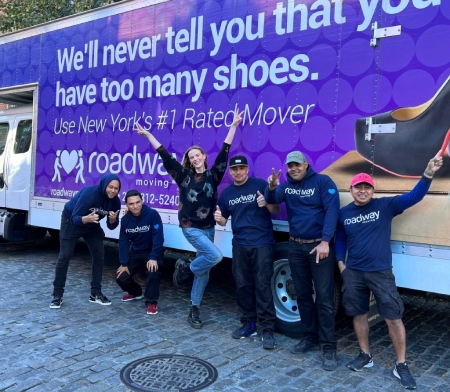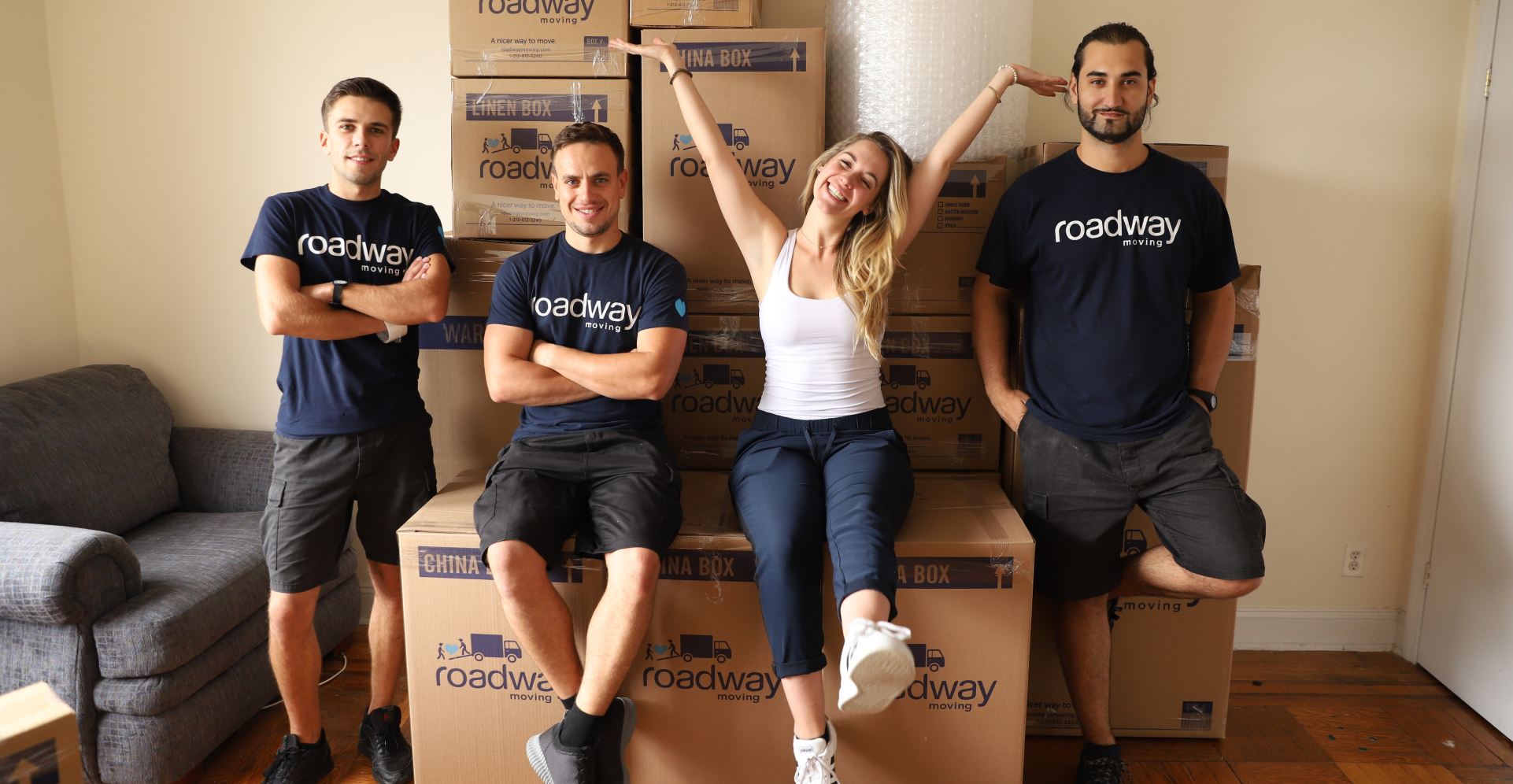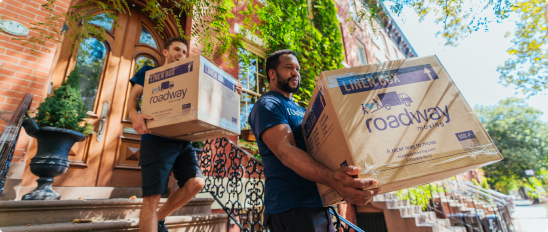How To Sublet Your NYC Apartment







Subletting an apartment in New York is common, because it offers a convenient living solution to those looking for temporary housing and those in need of a tenant to assume their lease for a variety of reasons. Whether you’re moving for a short period, taking time off to travel the world, temporarily relocating for a work project, or leaving New York for a dream job, you likely won’t want to leave your expensive New York apartment sitting unoccupied. Subletting makes sense in these cases, offering a simple solution that leaves your wallet protected. Though common, the actual process of subletting can be intimidating to individuals who have not done so before. With proper planning and research, however, subletting your apartment can be done in just a few easy steps.
What To Expect Financially
Before beginning the process of subletting your apartment, it is first important to understand what to expect financially from this arrangement. There are a number of factors that will impact the amount of money you recoup, including the demand in your neighborhood, whether it comes furnished, and even the quality of your furnishings. For example, subletted apartments in major cities such as New York or in college towns typically yield a higher return because demand is usually very high. Further, a well-appointed apartment with high quality furniture can be subletted at a higher rate as they often attract more well-off subletters, such as relocating executives. In typical sublet arrangement, you can expect to receive between 70-80% of your rent.
Talk to your Landlord
The first and one of the most important steps to subletting your apartment is speaking with your landlord and receiving their permission to sublet your apartment. Make sure to review the terms of your lease to ensure that there is no clause against subletting. In most cases, an upfront and open discussion about your situation will yield a positive response and permission to proceed with the sublet. In New York State specifically, tenants are legally entitled to request permission to sublet their apartment. The landlord is not allowed to refuse a request to sublet without specific and justified reason.
It is recommended that 30 days before the start of your sublet, you present a certified letter to your landlord detailing the reason for the sublease, the length of the sublease, the amount you will be paid by the subletter, and the name and contact information for your subtenant. Within 10 days, your landlord must give you a response. When they do approve, make sure to get their permission in writing. Though they will likely approve your request, it is important to keep in mind that you are still financially responsible for providing the rent to your landlord each month, and are wholly liable for any damage to the property. Therefore, it is crucial to pick a subtenant wisely.
How to Find a Subletter
When someone is living in your space or a space you are responsible for, you’ll likely want to dedicate a great deal of time and effort in selecting a trust-worthy subletter. One option is to first reach out to your network for someone looking to sublet an apartment. Consider making a post to your social media pages, speaking with friends, or spreading the word around work. By searching for a subtenant that you know (whether closely or through friends), you will likely feel much more comfortable leaving your apartment in their hands.
If you are unsuccessful in finding a subtenant through word of mouth, you can expand your search to include online boards such as Craigslist. Because you will not know the interested parties, it is important that you take certain precautions in order to attract just the right person. In your posting, be specific about the dates of the sublease, financial requirements to proceed with a sublease, proof of employment history, and a request for references. Once you’ve heard back from potential subletters, you’ll want to next conduct interviews.
Taking the time to meet in person or over Skype with your subtenant will give you the opportunity to find out more information about their purpose for subleasing, their expectations for the arrangement, and even their level of cleanliness. Once you’ve found the right fit, its time to sign a written agreement of your sublet arrangement.
Sign a Written Agreement
Whether you’re subletting to a close friend or a complete stranger, it is important to get the details of your sublet into writing. This step is critical, providing a clear understanding to both parties about expectations. This document can also serve to protect you should things not go quite as planned. While you can create the written agreement yourself, it is generally recommended that you utilize a professionally formatted version typically available for a fee.
Prepare your Apartment
With the agreement in place, its time to get your apartment ready. Clean and clear the spaces your subtenant will be using, and store away valuables you want to protect. Before you leave, provide your contact information and the contact information for your landlord.










